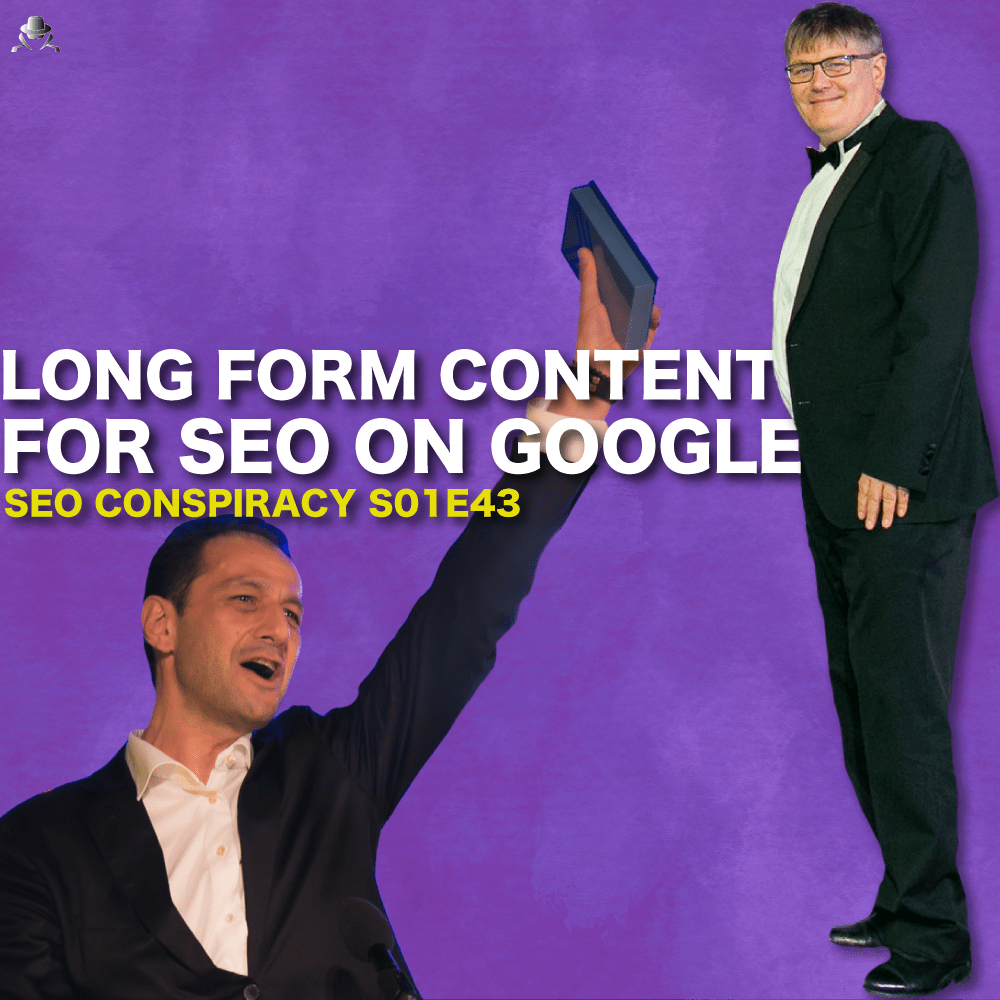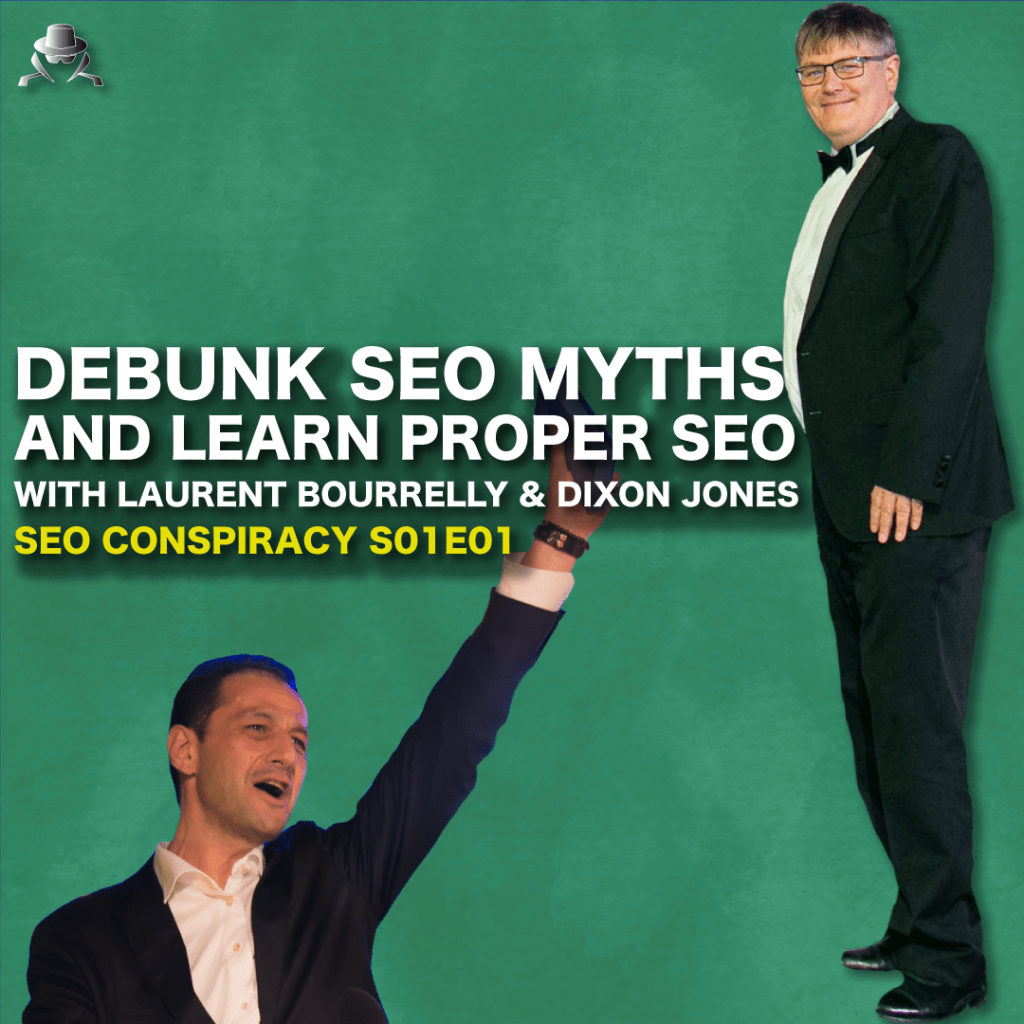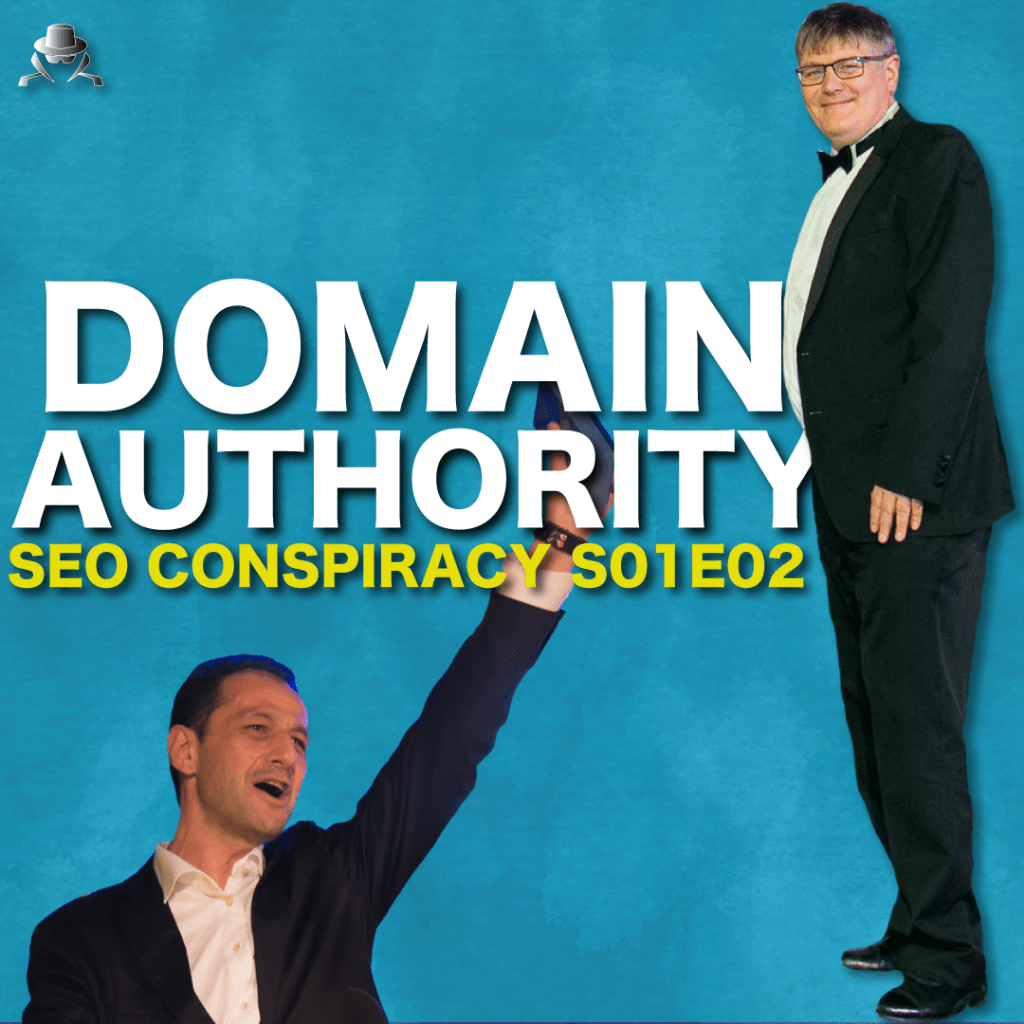Is Long Form Content Mandatory to Perform in Google SEO?
Ranking Factors studies will convince you that long-form content is a must for your SEO strategy.
The truth is very different from the SEO tips you encounter usually about long-form content. Is it true you need at least 2000 words? If your content is short, Google won’t like it? Let’s debunk today this SEO Myth.
Watch the video:
Long-Form Content for SEO on Google
Welcome to SEOconspiracy.com, where we tackle the myths and realities of search engine optimization. Today, we’re diving into long-form content and its role in SEO. Joining me is Dixon Jones, and together, we’ll explore whether longer really means better when it comes to ranking on Google.
The Myth of the 2,000-Word Limit
For years, SEOs have clung to the idea that longer content—specifically 2,000 words—ranks better. This belief stems from studies correlating higher rankings with longer pages. But correlation isn’t causation. The truth is, long-form content isn’t inherently better. What matters is relevance, topical coverage, and user intent.
Google’s Passage Indexing: A Game-Changer?
Google recently announced passage indexing, where sections of a page are analyzed individually. This shift means:
- Long-form content is no longer required to cover multiple subtopics.
- Even short, well-structured passages can rank if they address specific user queries.
Dixon notes that while passages will be indexed independently, overall topical relevance still matters. Google may extract and rank sections, but the broader context of the page remains vital.
Long-Form Content vs. User Intent
The length of your content should match user needs. Consider these scenarios:
- Short and Precise: For simple queries like “How many hours forward is England to Andorra?” a one-word answer suffices.
- In-Depth Coverage: Complex topics may require thousands of words to answer fully and accurately.
- Calculators and Tools: Sometimes, functionality—not text—is the best answer.
Judith Lewis emphasizes the importance of context. For example, loan calculators dominate their SERPs not because of content length, but because they perfectly match user intent.
Structuring Long-Form Content
If you choose to go long, structure is everything:
- Focus on the First 500 Words: Set the context early. Search engines and users need clarity upfront.
- Cluster Related Topics: Use semantic SEO principles to build meaningful connections between concepts.
- Avoid Over-Optimization: Cramming too many keywords into a single piece risks diluting your message.
When Long-Form Works
In some cases, longer content can offer a competitive edge. For instance:
- It allows for comprehensive topic coverage, which Google favors.
- It can capture multiple search intents within one page.
- Longer dwell times may signal quality to search engines.
But, as Dixon points out, more words don’t guarantee better rankings. SEOs must balance length with relevance.
Content Length Isn’t King
Long-form content isn’t a magic bullet for SEO. The focus should always be on creating value for users, whether that requires 200 words or 2,000. With Google’s shift toward passage indexing, relevance and user intent matter more than ever.
At SEOconspiracy.com, we believe in staying ahead of the curve. So, write smart, structure well, and remember: It’s not about how long your content is—it’s about how well it meets the needs of your audience.



